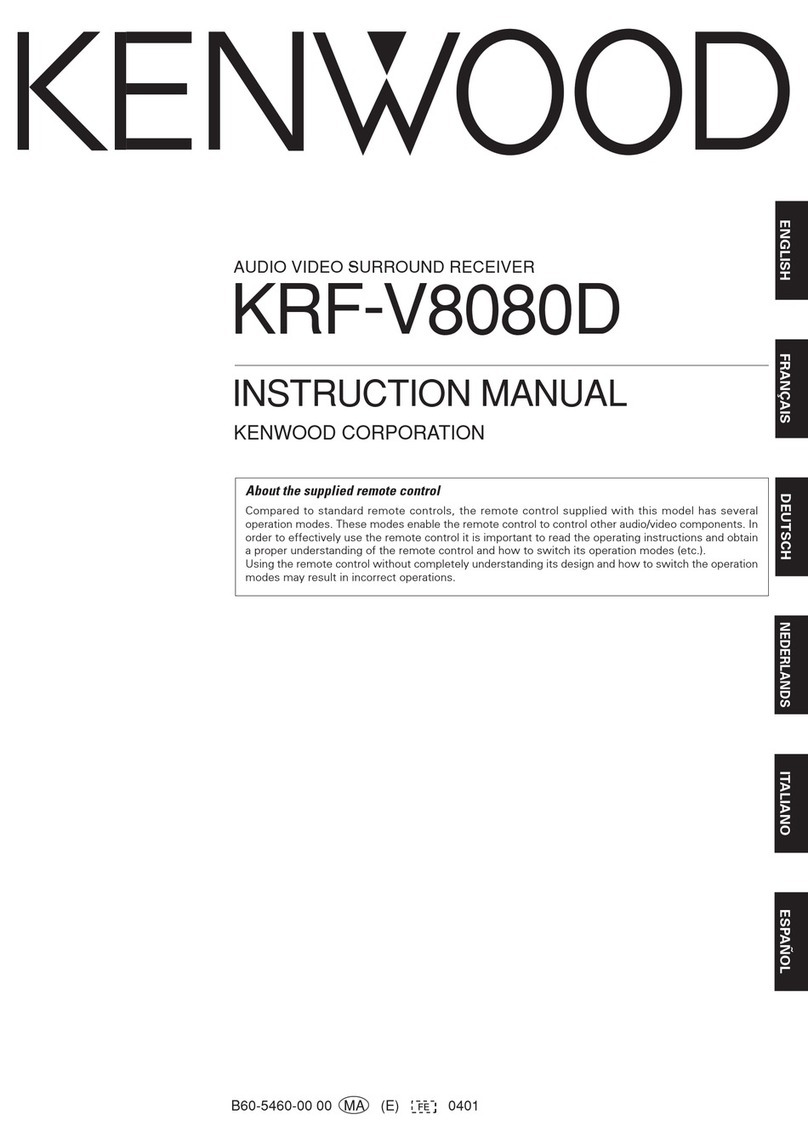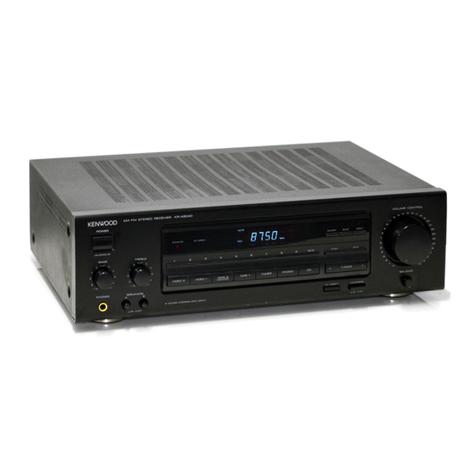Kenwood KRC-851D User manual
Other Kenwood Stereo Receiver manuals
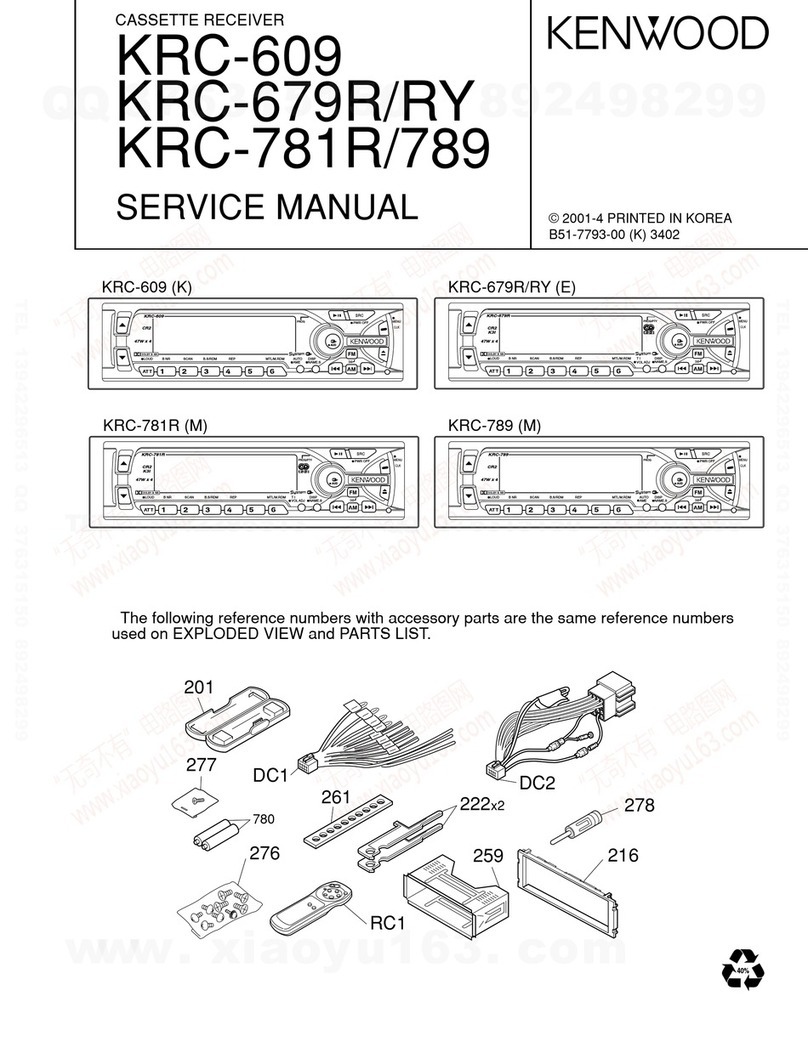
Kenwood
Kenwood KR-609 User manual
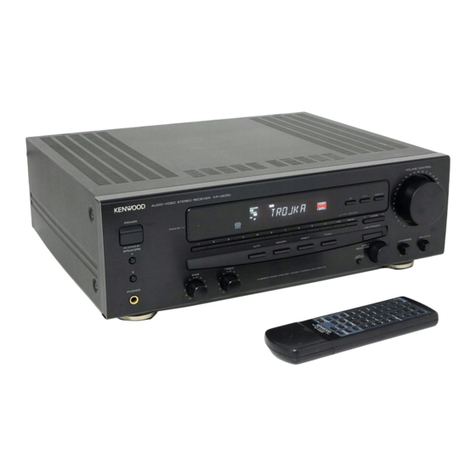
Kenwood
Kenwood KR-V6050 User manual
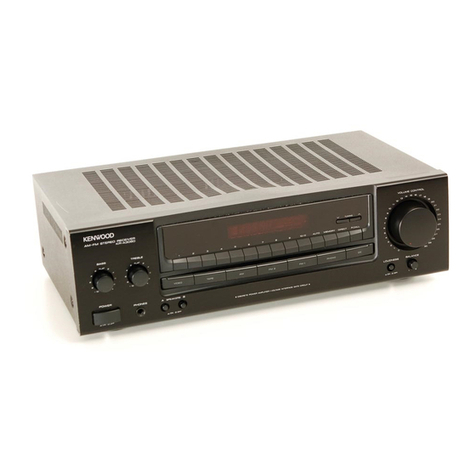
Kenwood
Kenwood KR-A3060 User manual

Kenwood
Kenwood DVR-6300 User manual

Kenwood
Kenwood R-V251 User manual
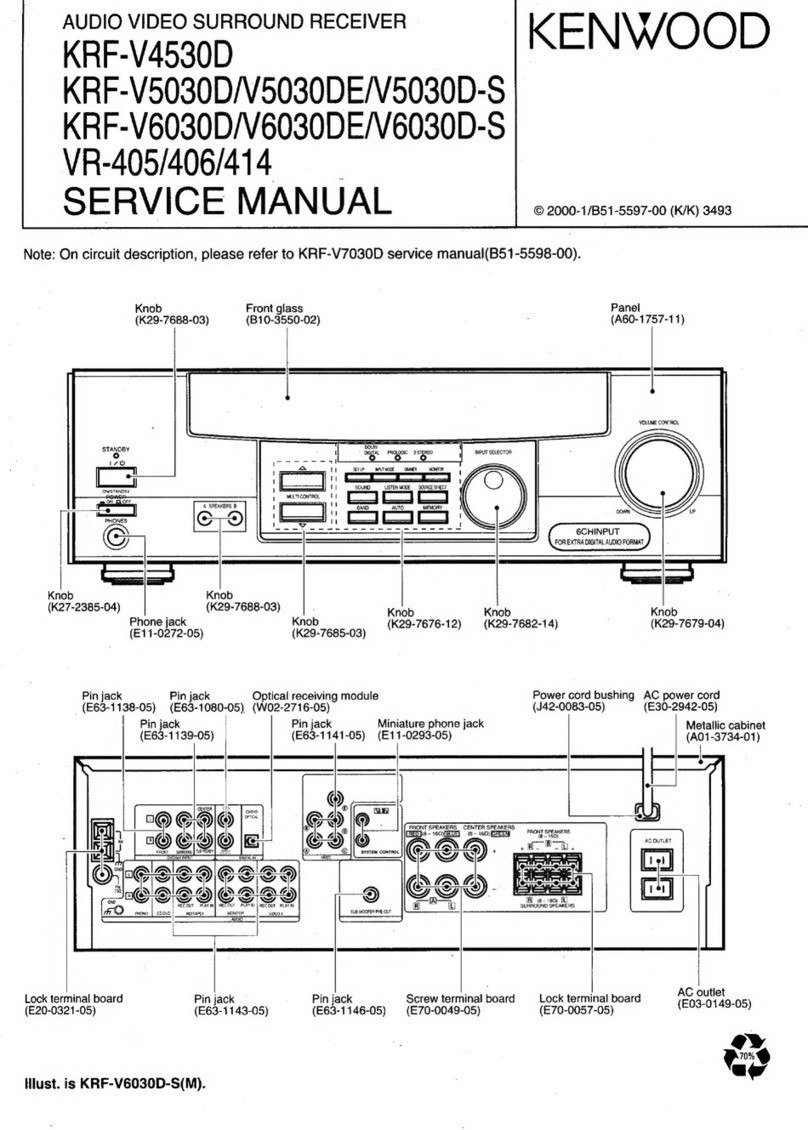
Kenwood
Kenwood KRF-V4530D User manual
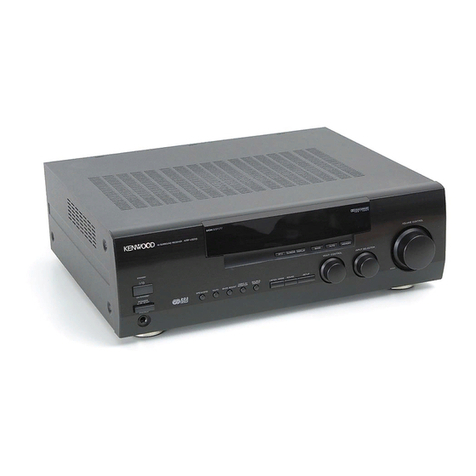
Kenwood
Kenwood KRF-V5010 User manual

Kenwood
Kenwood VR-716 User manual

Kenwood
Kenwood Eleven III KR-1000 III User manual
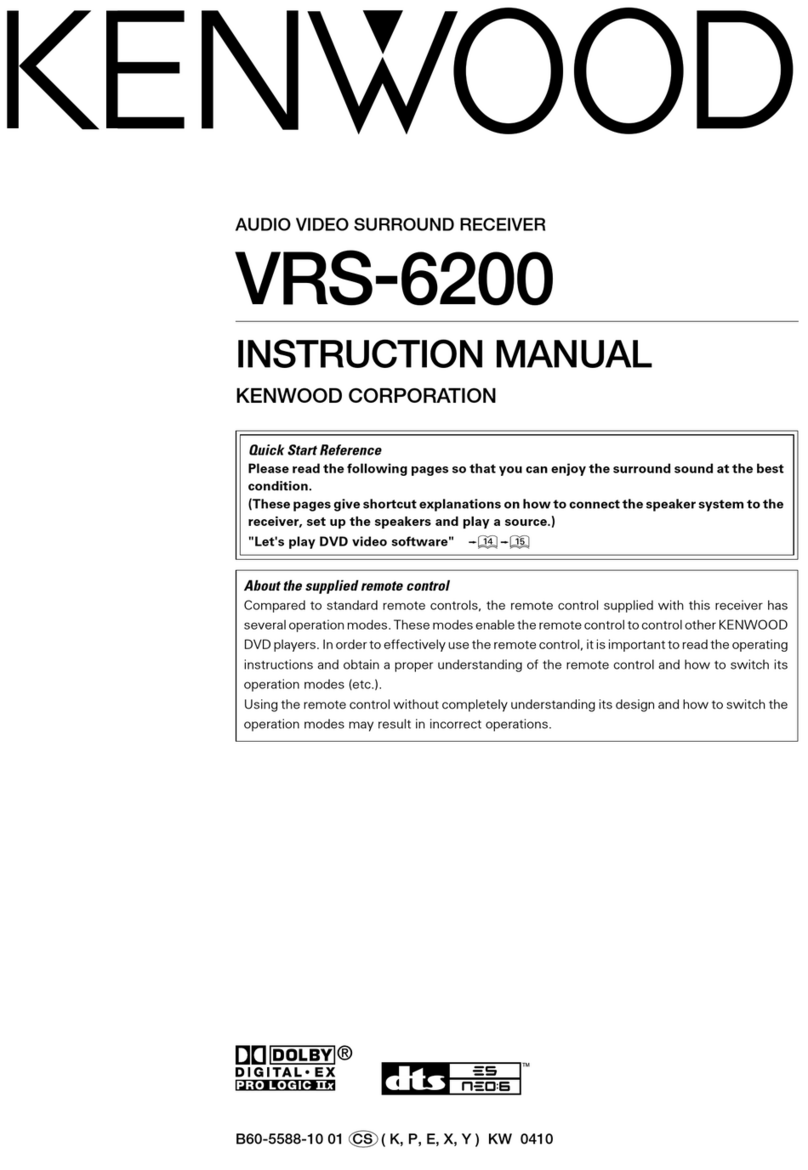
Kenwood
Kenwood VRS-6200 User manual
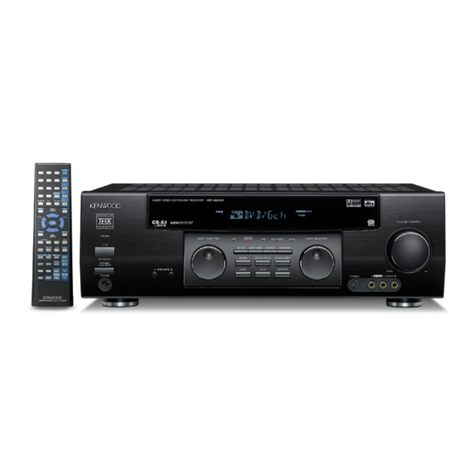
Kenwood
Kenwood KRF-X9050D User manual
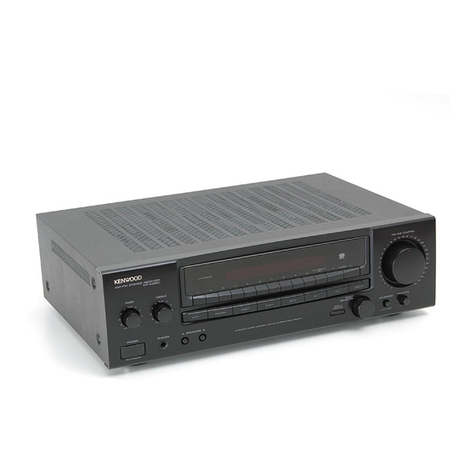
Kenwood
Kenwood KR-A5060 User manual

Kenwood
Kenwood KR-A4040 User manual

Kenwood
Kenwood KR-V9020 User manual

Kenwood
Kenwood KR-710 User manual
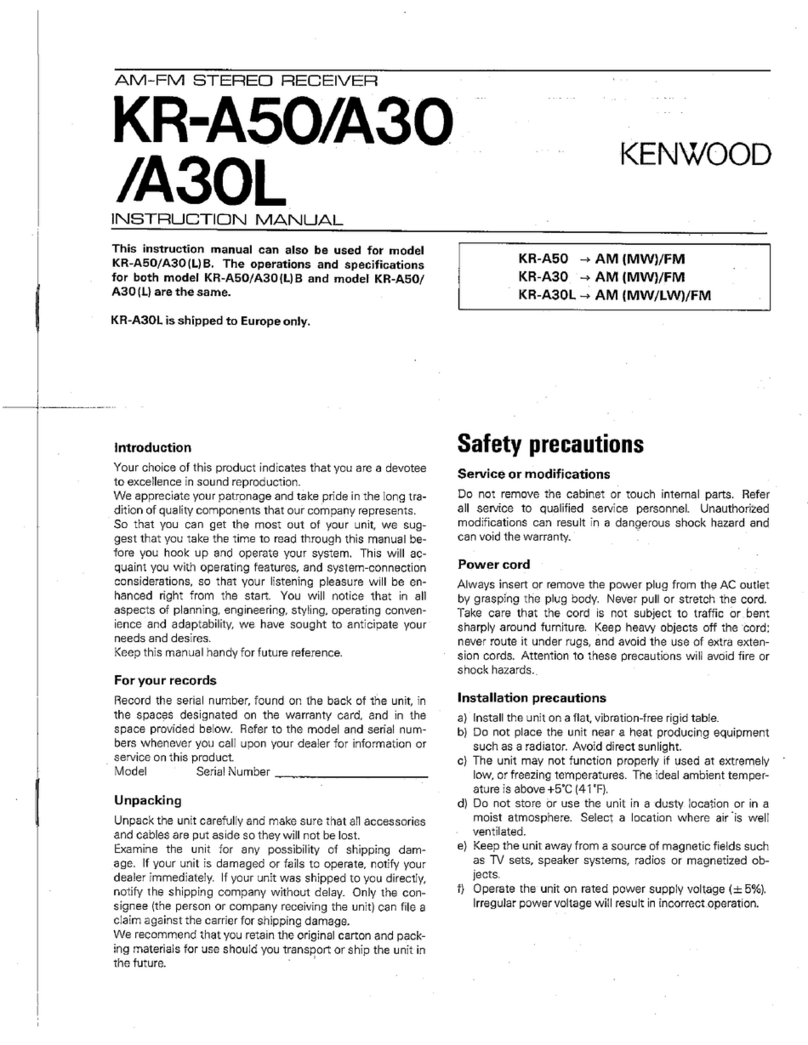
Kenwood
Kenwood KR-A30 User manual
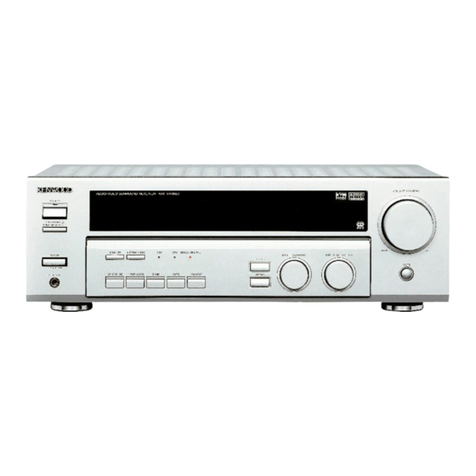
Kenwood
Kenwood KRF-V4060D User manual
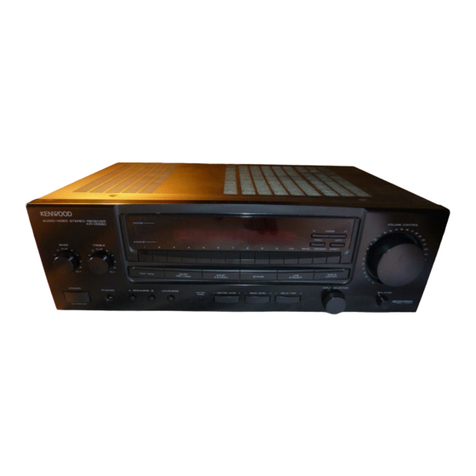
Kenwood
Kenwood KR-V5560 User manual
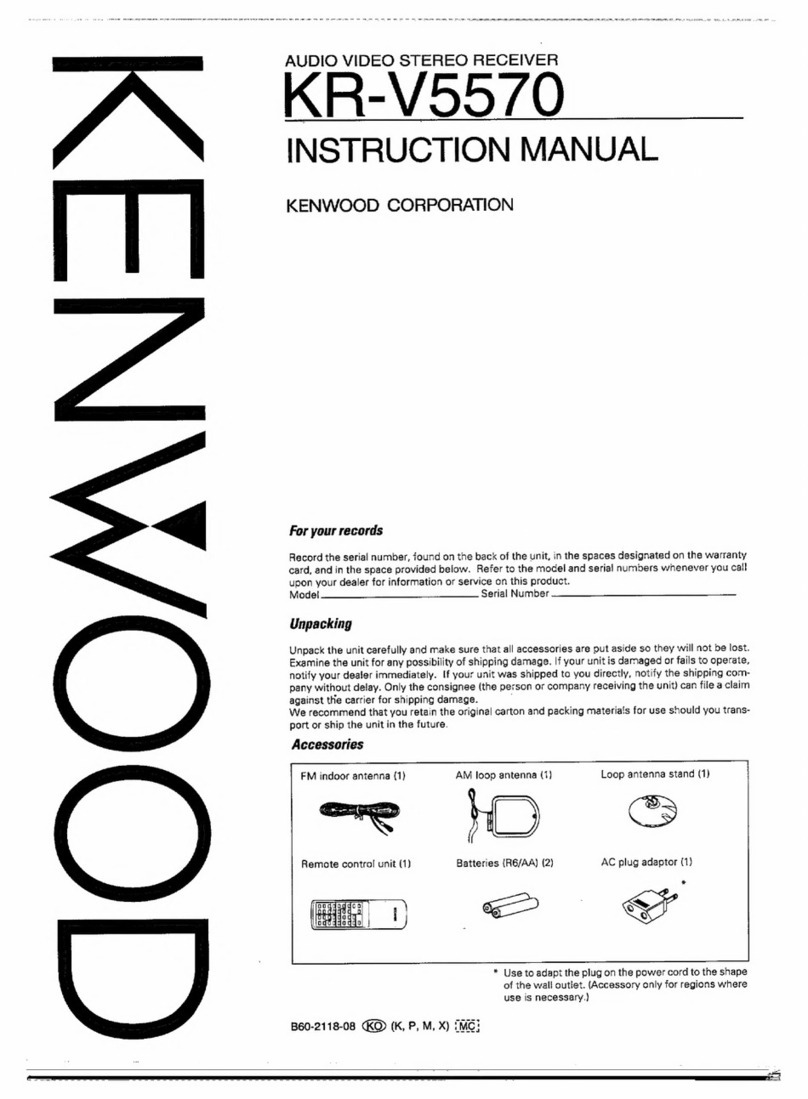
Kenwood
Kenwood KR-V5570 User manual

Kenwood
Kenwood 107VR User manual
Popular Stereo Receiver manuals by other brands

Radio Shack
Radio Shack DX-399 owner's manual

Sony
Sony STR-DE535 - Fm Stereo/fm-am Receiver operating instructions

Pioneer
Pioneer SX-1000TA operating instructions

Yamaha
Yamaha MusicCast TSR-5B3D owner's manual

Sony
Sony STR-DG500 - Multi Channel Av Receiver Service manual

Sherwood
Sherwood Newcastle RX-770 operating instructions
